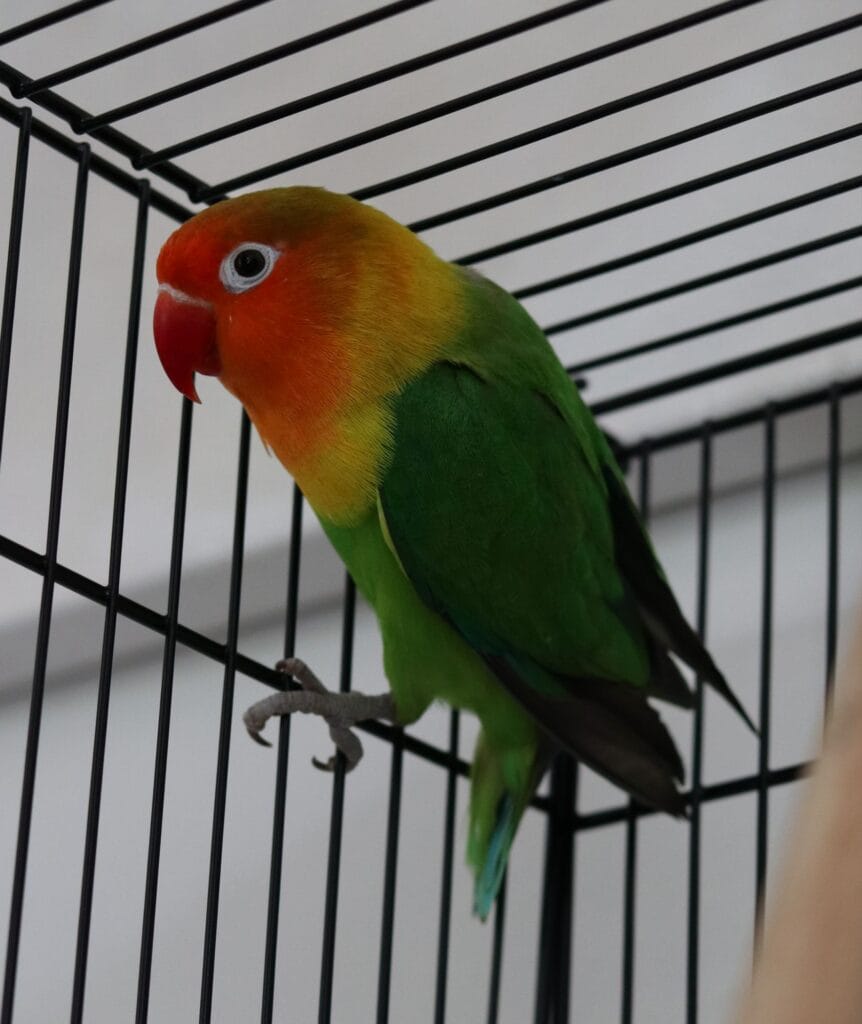It was never a huge thing when I was a child, but it to be fair, that was quite a while ago. And in a different country. But I think it’s fair to say that Halloween gets bigger each and every year. Our kids used to have a blast with it, and with South Africa being South Africa, there’s actually a lot of sense in having an organised thing with parents going along too, and it’s even better if your neighbourhood makes an effort. (Ours does.)
I think our kids have grown out of it now, but we’re still paying it forward by supporting the younger ones in the area who want to get dressed up and have some fun.
And then I saw this piece by a Registered Dietician on YLE. It’s consise, it’s sensible, it’s full of science and evidence. In short, it’s great Scientific Communication from an expert.
And I thought that it was exactly the thing that worried parents needed to see. So I thought I’d share it.
And I thought that I’d also do a very quick overview of it, because there are just a few main points which can be summarised really quickly, and which you can dive into on the link above, should you feel the need.
I’ll warn you now, the first one will be contentious.
1. Sugar highs are not a thing.
OMG – he went there! And I hear you begin with your “But my kid…”
No!
We all have our stories about too much fudge at the Steam Rally, but over 100 years of scientific research says it simply isn’t a thing. Sorry.
Sugar highs are more likely a combination of the environment and our expectations as parents.
See?
2. Food dyes in sweets aren’t really a problem.
They’re well regulated, and the safety thresholds really aren’t going to be an issue for your child.
The bigger issue isn’t the dyes themselves, but the colourful, highly processed foods they’re often found in – usually high in sugar and low in nutrients. That’s something to think about for everyday diets, not for occasional treats like Halloween or holidays.
Important to note that we’re talking about one-off fun days here. Different rules apply for medium and long-term sweet eating. And so they should.
3. Handle the sweeties carefully.
There’s a really good section in the article with some great advice for how to spread the kids’ haul over the evening and the following days.
Basically, plan ahead, be reasonable, be ready to negotiate, and don’t make too big a deal out of the situation. It’s one evening, not a regular day-to-day thing over their lifetime.
4. What’s the real danger on Halloween?
This is the biggie for me. Not food dyes, not sugar, not “drugs and razor blades” in the treats they pick up.
Cars. It’s cars.
Now, I know this is America, and it’s darker earlier there in October. But even in an South African context, this makes sense. There will be a lot of excited, young kids out crossing roads where there would usually not be any excited, young kids crossing roads.
Obviously, parents need to keep an eye on their children, but equally, there’s no harm in drivers in residential areas taking note of the unusual circumstances and slowing down a bit.
Or a lot, if you’re an average local driver.
And then this, which makes the most sense of all.
The Bottom Line
Childhood is painfully short.
Let’s keep the magic of Halloween alive without letting sugar or guilt haunt us.
Great use of the word “haunt” there. I saw that.
Go and have some fun. Let them run riot for a couple of hours (not near roads). Let them be kids.




